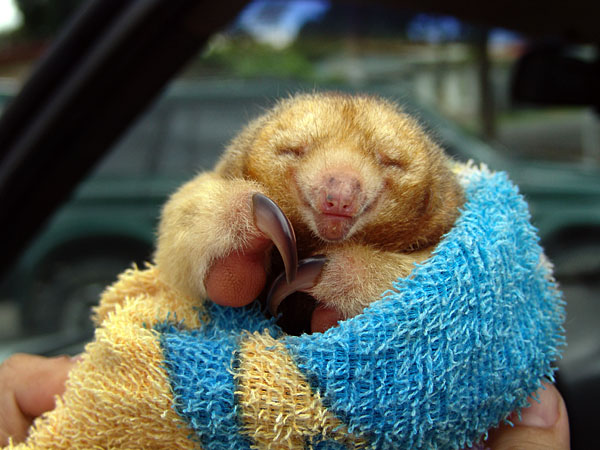 The snapping turtle's face matches it's temper perfectly- snappy and harmful! It attacks anything that disturbs it, and can snap a broom handle in half with one bite. These turtles are found in North America, and prefer calm, muddy water to live in. Maybe this contributes to their mood- if I had to live in muddy water, I'd be pretty crabby too!
The snapping turtle's face matches it's temper perfectly- snappy and harmful! It attacks anything that disturbs it, and can snap a broom handle in half with one bite. These turtles are found in North America, and prefer calm, muddy water to live in. Maybe this contributes to their mood- if I had to live in muddy water, I'd be pretty crabby too!These nasty turtles eat fish and waterfowl, and are very snappy. They should never be handled without extreme caution. The way a snapping turtle lures food to itself is it attracts them with it's long, pink, wormlike tongue. Then, the fish automatically think "food", and get eaten promptly.
As for the mating season of the snapping turtle, they are active from April to November, though they often mate in the warmer months. While they are most comfortable in the water, they lay their eggs on land far away from the water. The female turtle makes a nest, often in sand or dirt, and lays 20-40 eggs there. Unfortunately, 84% of the nests are destroyed by racoons and other predators looking for an easy meal. The eggs that do make it through hatch after around 95 days, and then make their way to water.
Fun Fact: There is a stage during the egg's development where incubation is crucial to determine whether the egg will be a boy or a girl. Cooler and unincubated eggs are boys, and warm and incubated eggs are girls.






